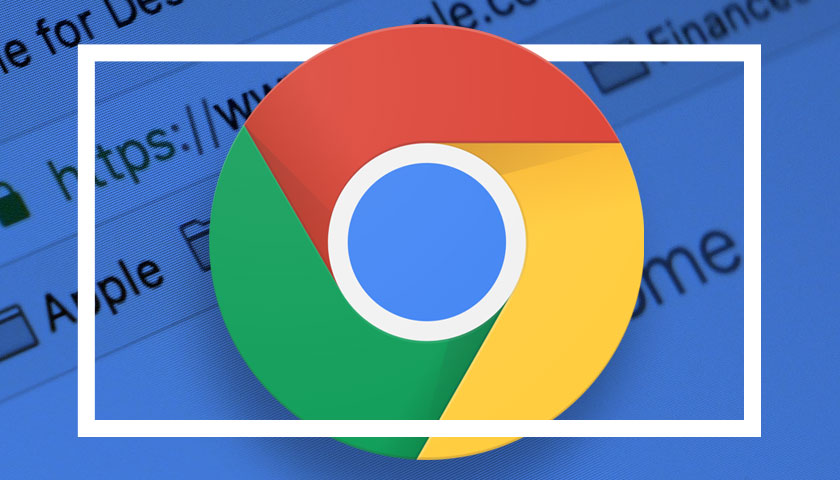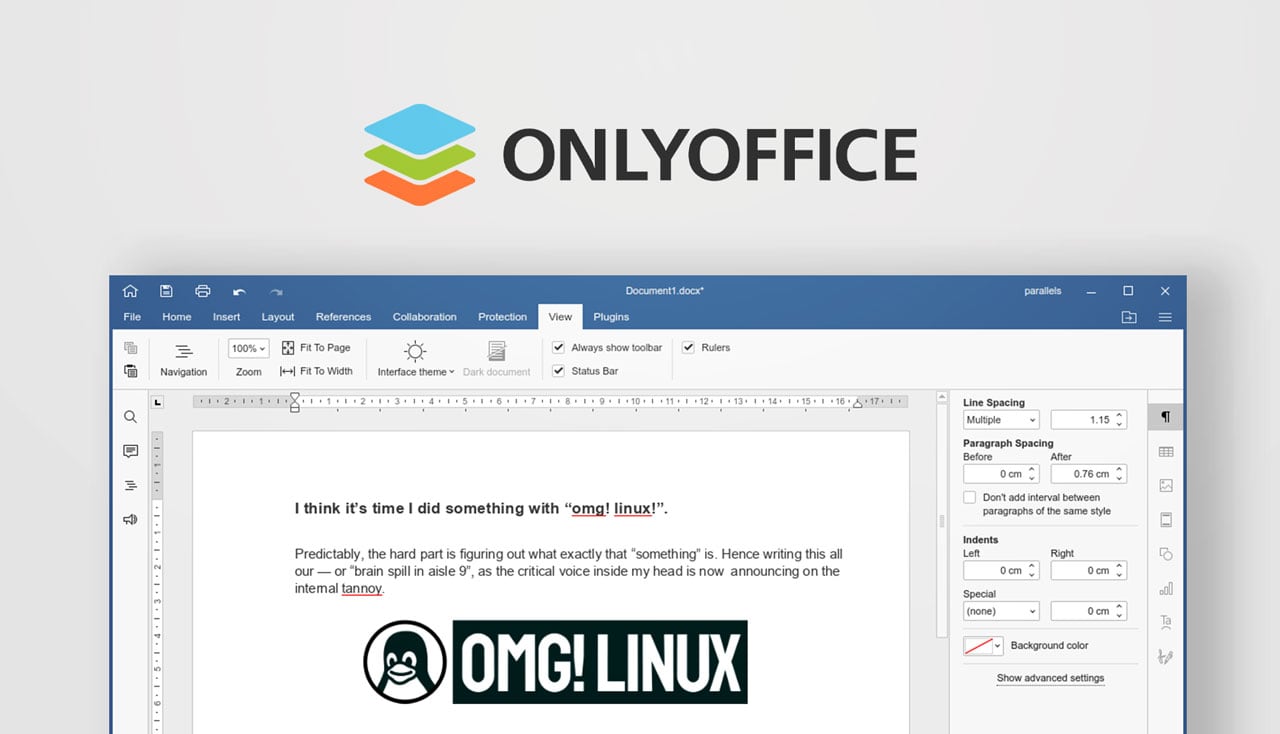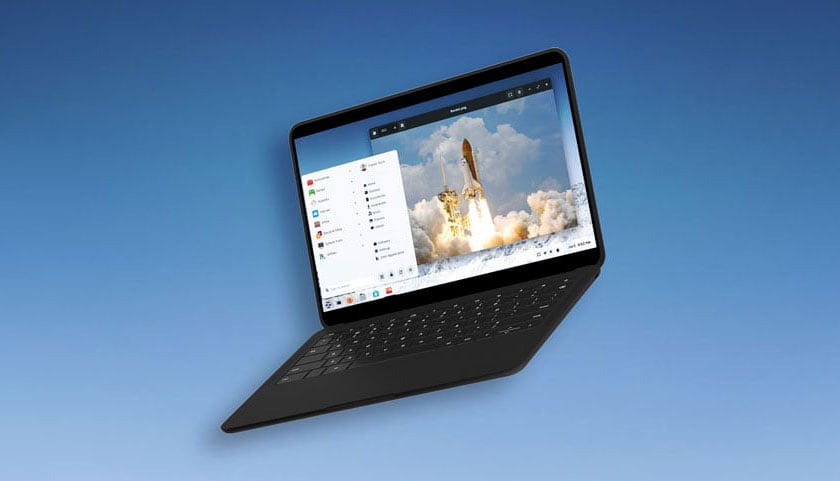It seems Google Chrome is getting a minor makeover later this year, and if you’re riding the browser’s development channel on Ubuntu you can opt-in to try the new look out now.
I’ll get to the “how to” part in a moment. First I ought to show you a few screenshots of what it is you’ll be opting in to.
As UI changes go, the one Google’s cooking up isn’t overly radical on Linux — at least, not to my sensibilities. If you’re the sort of person who fears UI changes — and if we’re honest they don’t always make things better — you can kind of relax.
Here’s a screenshot to show you what the normal version of Google Chrome 115 (Dev) looks like out-of-the-box on Ubuntu 23.10:

Here’s what the same setup looks like when “Chrome Redesign 2023” flags are enabled:
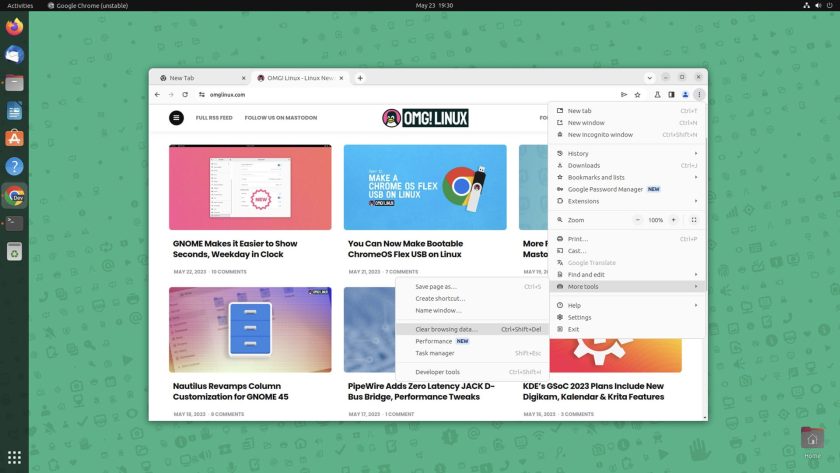
Subtle, but different.
Tabs are more curvaceous (first time I think I’ve ever used that word in a blog post, I think); the ‘new tab’ button and the ‘search tabs’ chevron gain backgrounds (and thus more visual prominence); and the toolbar now gives icons some room to breath.
More pronounced changes can be spotted in the main menu thanks to the (re)introduction of menu icons, and more liberal use of padding/margins.
About a decade ago there was a big design trend for removing icons from menus. Personally, I think menus look nicer with icons, and I tend to register an icon before I compute the attached text labels — though maybe I’m old fashioned and/or lazy.
The Redesign Sings with ‘Chrome Colours’
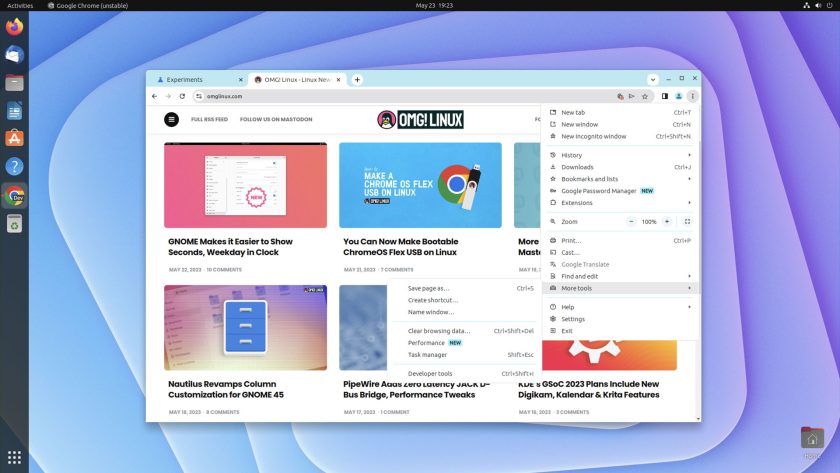
Google recently brought new customization options to Chrome, including “Chrome Colors”. This feature lets you pick from a fairly wide selection of colour pairs to prettify Chrome’s chrome with, or you can use the included colour picker to pick out a hue/shade/tone from whatever is on screen.
Personally, I think the Chrome Refresh 2023 UI looks a heck of a lot better when some colour is added to the window title, as the screenshot above shows.
How to Enable Chrome Refresh 2023
Want to try these changes yourself? You can — all you need is the latest Google Chrome unstable build.
If the official Google Chrome repo is configured on your distro (it gets set up when you install Chrome on Ubuntu using the official DEB or RPM packages) you can install the google-chrome-unstable package. This does not replace the stable version; dev builds can be run alongside stable builds.
Then, to enable the Chrome Refresh 2023 look:
- Go to
chrome://flags/#chrome-refresh-2023in a new tab - Change ‘default’ to ‘enabled’
- Go to
chrome://flags/#chrome-webui-refresh-2023in a new tab - Change ‘default’ to ‘enabled’
- Restart the browser as prompted
To “undo” the changes repeat the steps above but change “enabled” to “default”.
There are also changes planned for Google Chrome’s omnibox (aka address bar) and NTP — though these are in varying stages of usefulness right now. Search for “CR23” and “NTP” in chrome:flags to explore the proposals — just be aware not all are wired to use ‘real world’ data yet, so YMMV.
Let me know what you think of the redesign — too little? too much? just right? — down in the comments.
h/t Dominic

